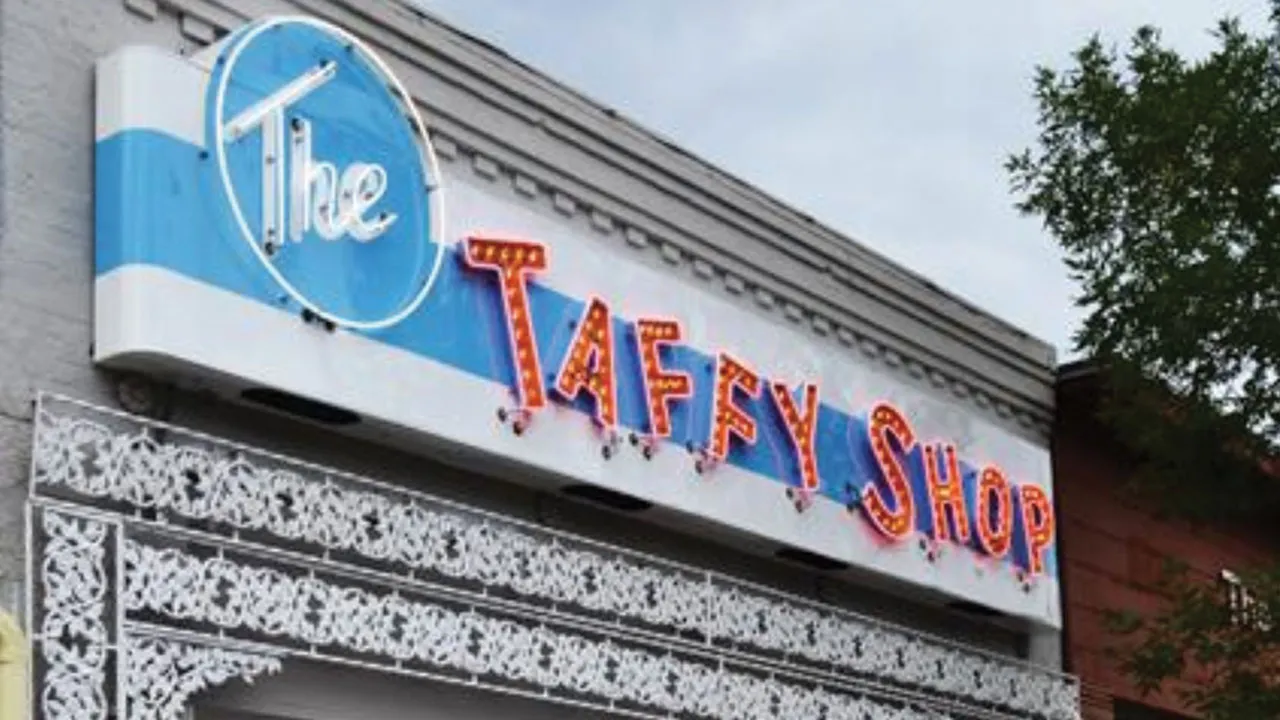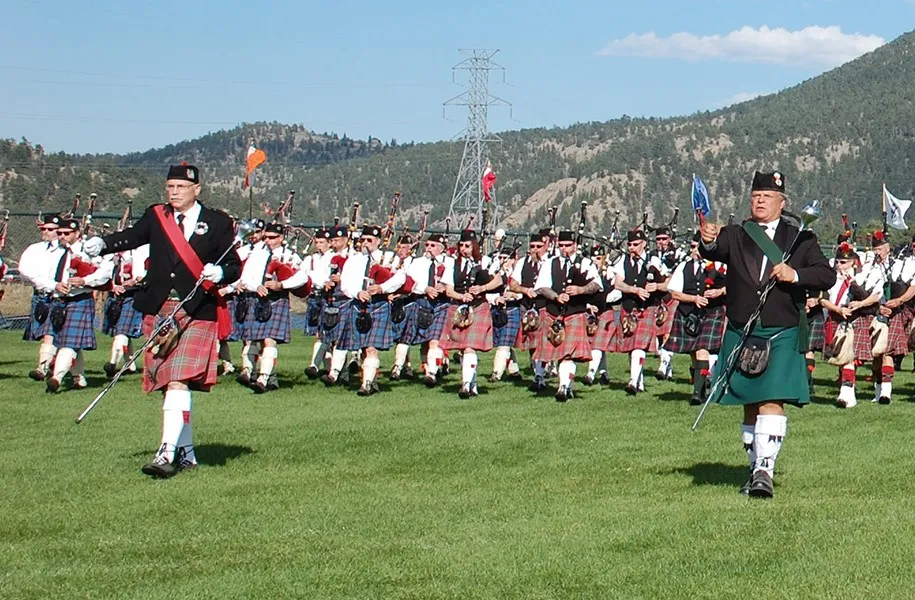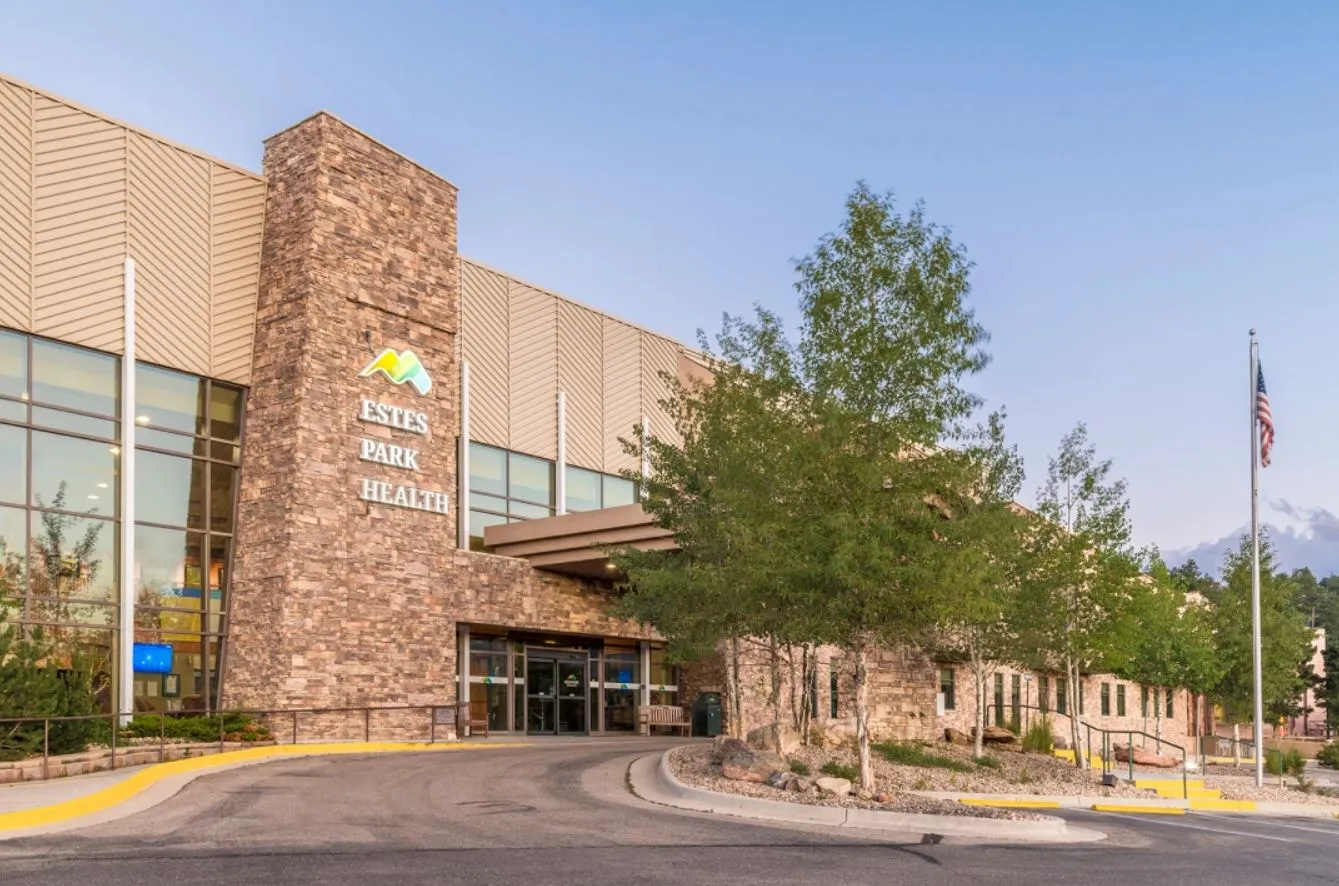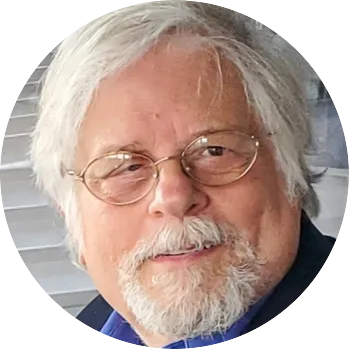Estes Park’s taffy tycoon now has more pull

Mark Igel was an outspoken rebel. Now he’s part of the establishment and still coming to grips with what that means.
THIS ARTICLE IS FOR SUBSCRIBERS ONLY
Continue reading for less than $3 per week!
Get a month of award-winning local business news, trends and insights
Access award-winning content today!
Already have a paid subscription?





